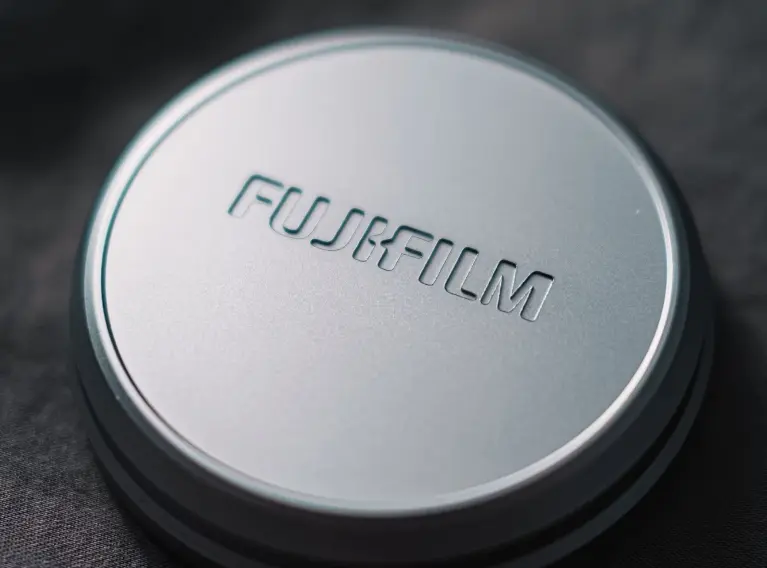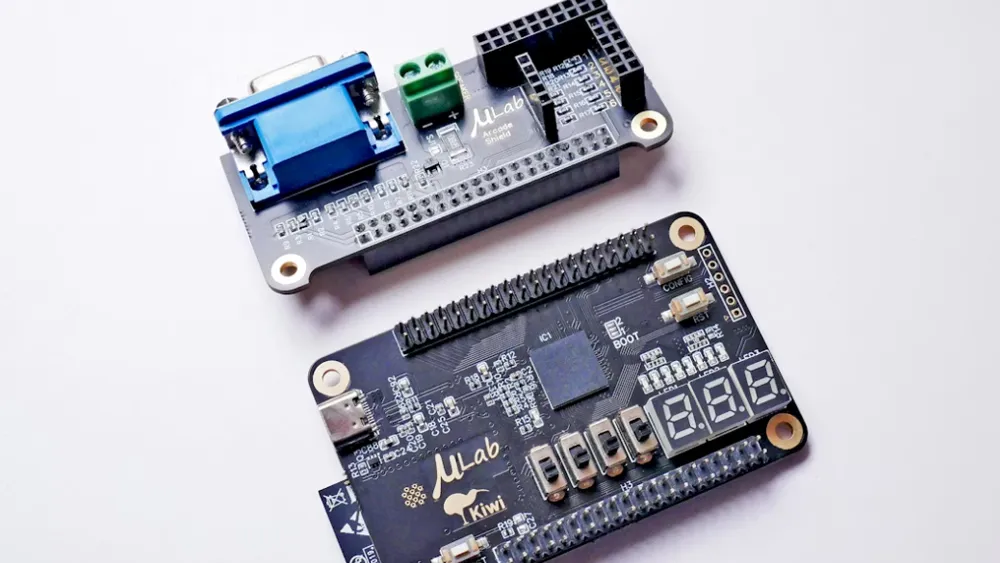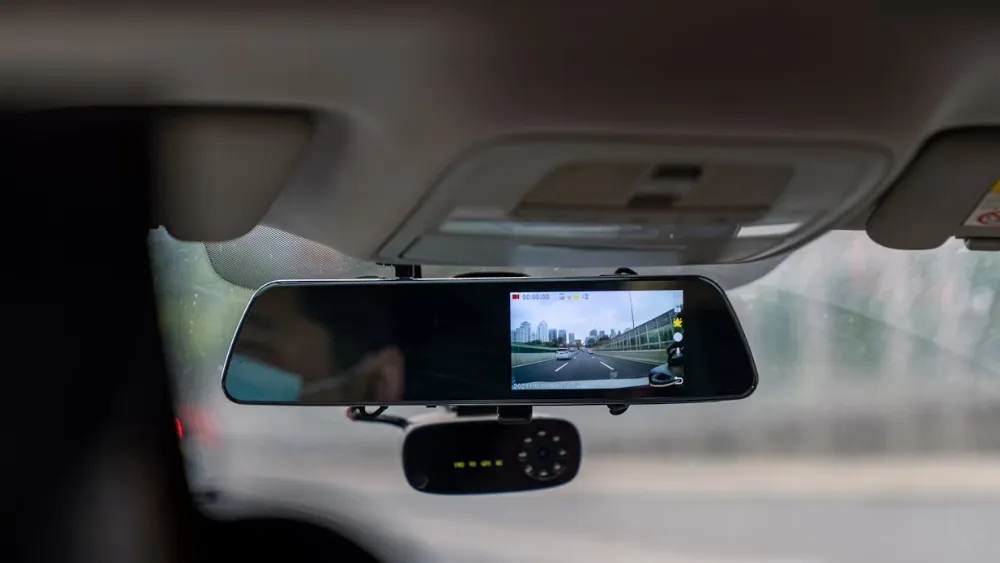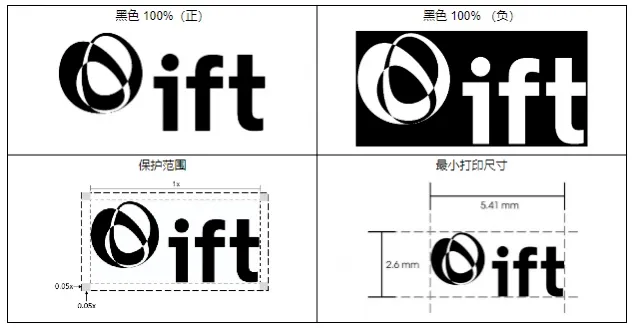
UL4200A Certification Process for Button Cell Batteries
When listing products containing button cell batteries on U.S. platforms such as Amazon, TikTok Cross-border (TK), SHEIN, AliExpress, and others, you must upload a gcc certificate, ul4200a test report, and warning label.

Overview of ul4200A Standard
UL4200A is a mandatory safety standardestablished by the U.S. Consumer Product Safety Commission (CPSC)specifically for consumer products containing button cell or coin batteries. It was developed in response to incidents of children accidentally swallowing button batteries, aiming to REDuce injury and fatality risksthrough stringent safety requirements.
1. Publication Date:September 21, 2023
2. Effective Date:October 23, 2023
3. Mandatory Enforcement Date:March 19, 2024
From October 23, 2023, all button/coin battery-containing products manufactured or imported into the U.S. must comply with this standard. The standard includes:
1. Incorporation of UL4200A:2023into federal mandatory regulations(16 cfr 1263).
2. Additional packaging and labeling requirementsfor standalone button batteries not fully covered under UL4200A.
1. Standard Requirements
All products sold on U.S. e-commerce platforms (such as Amazon) containing button batteries must pass UL4200A:2023 testsand have a valid ul test reportuploaded. Failure to comply may result in product removal.
2. Purpose of the New Requirements
The core goal is to reduce the risk of children swallowing button batteriesand to ensure product safety during use.
3. Why Suppliers and Sellers Need UL4200A Certification
The UL4200A certification is applicable to all household products that contain or may usebutton or coin batteries. Even products already sold must undergo testing to avoid removal or recallby e-commerce platforms.
Scope of Application
Applies to consumer household productsthat contain or may use button or coin batteries.
Exclusions:
1. Children’s toys compliant with 16 CFR Part 1250
2. Products that exclusively use zinc-air battery technology
3. Products intended for professional or commercial usewhere children are not typically present (i.e., not meant to be used where children could access them)
ul4200a standard Test Items
UL4200A testing includes the following critical assessments:
1. Battery Impact Test:Batteries are placed in plastic/rubber molds and subjected to 1-meter drop tests or 6-meter air gun impact simulations.
2. Compression Test:Batteries are compressed to ensure they don’t crack or deform under pressure.
3. Glow-Wire Test:Batteries are heated on a glow wire to assess thermal resistance in fire-exposure scenarios.
4. Overcharge Test:Batteries are overcharged to evaluate thermal behavior and overcharge protection.
5. Friction Test:Simulates daily wear and tear to assess the risk of accidental ignition.
Additional safety tests include:
1. Needle puncture test
2. Pressure test
3. Short-circuit test
4. Fire resistance tests such as burn tests, glow-wire/high-temperature flame/overcharge ignition tests
All tests aim to ensure the overall safety performanceof the battery and product.
Test Requirements
Drop Test:
Portable products:Drop 3 timesfrom a height of 1 meteronto a hard surface.
Handheld products:Drop 10 timesunder the same conditions.
Impact Test:
Enclosures or battery compartment covers/doors must withstand a 2J impact test, repeated 3 times.
Crush Test:
Apply a 330N forceon an exposed surface for 10 seconds, using a flat surface approximately 100mm × 250mm.
After completing the drop, impact, and crush tests, apply a 45N force using IEC 61032 Test Probe 11for 10 secondsto ensure the battery is inaccessible. During this test, battery compartments must remain closed and functionalwithout opening.
Email:hello@jjrlab.com
Write your message here and send it to us
 What Certifications for Exporting Monitors to Euro
What Certifications for Exporting Monitors to Euro
 Bluetooth Headphones Exported to Australia Certifi
Bluetooth Headphones Exported to Australia Certifi
 What Certifications for Router Products Exported t
What Certifications for Router Products Exported t
 TIC (Power Bank UL 2056, Portable Power Station UL
TIC (Power Bank UL 2056, Portable Power Station UL
 How to get EN 18031 Certification for Wireless Pro
How to get EN 18031 Certification for Wireless Pro
 PSE, TELEC and VCCI Compliance for Cameras Exporte
PSE, TELEC and VCCI Compliance for Cameras Exporte
 NOM & IFT Compliance for Audio Equipment Expor
NOM & IFT Compliance for Audio Equipment Expor
 FCC, CE & EMC Compliance for Printers Exported
FCC, CE & EMC Compliance for Printers Exported
Leave us a message
24-hour online customer service at any time to respond, so that you worry!




